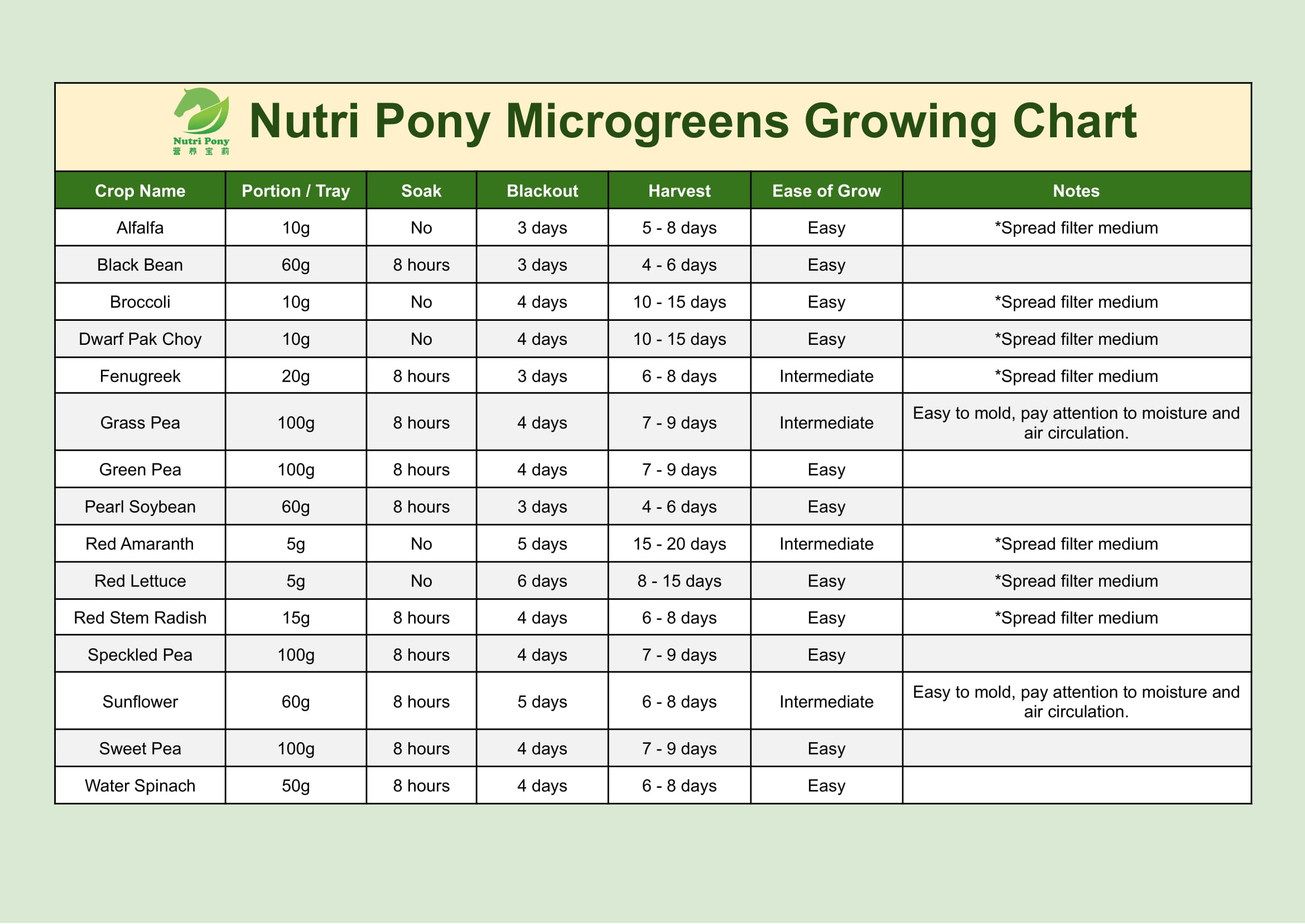Microgreens are tiny but mighty plants that pack a punch when it comes to nutrition and flavor. These young seedlings are harvested when they are just a few inches tall and are bursting with vitamins, minerals, and antioxidants. Not only do they provide a pop of color and freshness to any dish, but they also offer a plethora of health benefits.
Microgreens: Nature’s Superfood
 One of the main advantages of microgreens is their high nutritional value. Despite their small size, microgreens are dense in nutrients such as vitamins A, C, and K, as well as minerals like potassium, iron, and zinc. By consuming a variety of microgreens, you can benefit from a broad spectrum of essential nutrients that support overall health and wellbeing.
One of the main advantages of microgreens is their high nutritional value. Despite their small size, microgreens are dense in nutrients such as vitamins A, C, and K, as well as minerals like potassium, iron, and zinc. By consuming a variety of microgreens, you can benefit from a broad spectrum of essential nutrients that support overall health and wellbeing.
Top 10 Microgreens to Grow at Home
 If you’re interested in growing your own microgreens, here are the top 10 varieties you can start with:
If you’re interested in growing your own microgreens, here are the top 10 varieties you can start with:
- Broccoli microgreens
- Radish microgreens
- Sunflower microgreens
- Pea microgreens
- Arugula microgreens
- Kale microgreens
- Beet microgreens
- Cilantro microgreens
- Spinach microgreens
- Mustard microgreens
Growing microgreens at home is a rewarding and straightforward process. Simply sprinkle the seeds onto a tray filled with potting soil, water them lightly, and place them in a sunny spot. Within a few days, you’ll start to see the tiny seedlings emerge, and in just a couple of weeks, you’ll have a harvest-ready tray of microgreens to enjoy.
The Versatile Microgreens
 Microgreens are incredibly versatile and can be used in a wide range of dishes. Add them to salads, sandwiches, wraps, and smoothies for an extra layer of crunch and nutrition. Their vibrant colors and delicate textures also make them an excellent garnish for soups, omelets, and stir-fries.
Microgreens are incredibly versatile and can be used in a wide range of dishes. Add them to salads, sandwiches, wraps, and smoothies for an extra layer of crunch and nutrition. Their vibrant colors and delicate textures also make them an excellent garnish for soups, omelets, and stir-fries.
Not only do microgreens enhance the visual appeal and taste of your meals, but they also provide a delicious way to boost your nutrient intake. Incorporating microgreens into your diet is a simple and effective way to support a healthy lifestyle.
Microgreens: A Nutritional Chart
 To give you an idea of the incredible nutritional content packed into these tiny plants, here is a printable microgreens nutrition chart:
To give you an idea of the incredible nutritional content packed into these tiny plants, here is a printable microgreens nutrition chart:
Broccoli microgreens: Rich in vitamins A, C, and K, as well as antioxidants.
Radish microgreens: High in vitamins E, especially tocopherol, and C.
Sunflower microgreens: A great source of vitamins E, D, and B complex.
Pea microgreens: Packed with vitamins C, A, and folic acid.
Arugula microgreens: Loaded with vitamins A, C, and K, plus calcium and iron.
Kale microgreens: A powerhouse of vitamins C and K, as well as beta-carotene.
Beet microgreens: Rich in vitamins A, C, and K, as well as iron and calcium.
Cilantro microgreens: Contains antioxidants, vitamins A, C, and K.
Spinach microgreens: A good source of vitamins A, C, and K, plus iron and magnesium.
Mustard microgreens: Jam-packed with vitamins A, C, E, and K, as well as folate.
With such a variety of microgreens to choose from, you can enjoy an assortment of flavors and nutritional benefits.
Growing Your Own Microgreens
If you’re ready to embark on your microgreens growing journey, here is a helpful chart that outlines the process:
Choose your microgreen variety based on the flavors you enjoy and the nutrients you’re seeking. Sow the seeds, keep them moist, and provide adequate sunlight. In just a couple of weeks, you’ll have a crop of homegrown microgreens ready to harvest and enjoy.
Remember to experiment with various combinations of microgreens in your meals. The possibilities are endless, and the nutritional benefits are remarkable.
So why not start growing your own microgreens today? You’ll reap the rewards of fresh, nutrient-rich greens that will elevate your culinary creations and support your overall wellbeing.